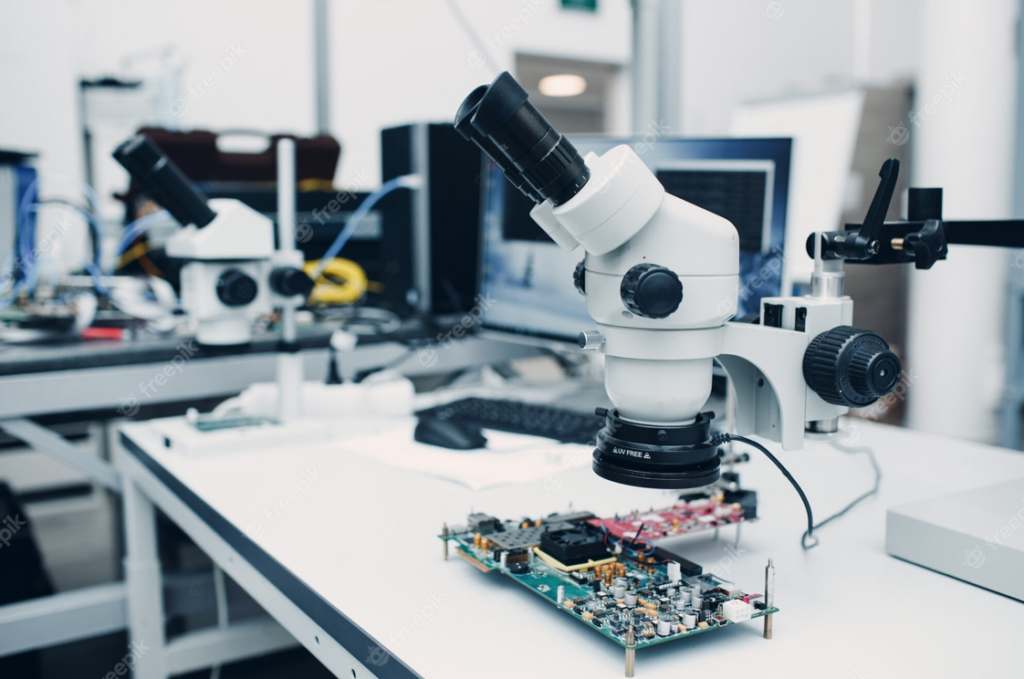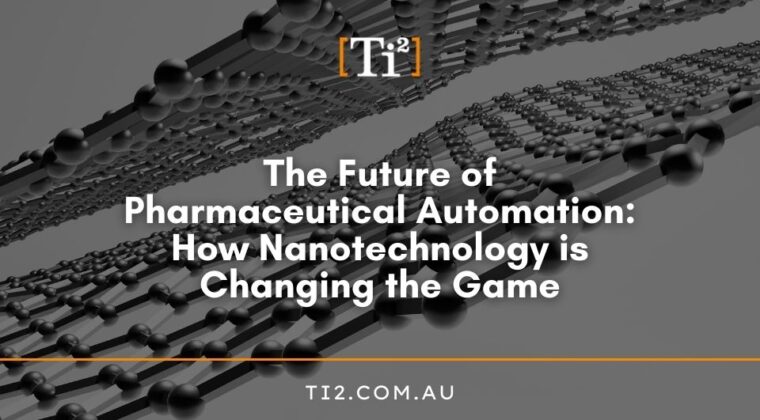Pharmaceutical automation is rapidly evolving and holds great promise for the future of medicine, especially with the help of nanotechnology. In recent years, automation has emerged as a game-changer in the field of pharmaceutical nanotechnology, enabling researchers to overcome some of the key barriers to commercialisation.
From high-throughput screening to precision manufacturing, automation is transforming every aspect of the drug development process, bringing new and innovative therapies to patients faster and more efficiently than ever before. In this article, we will explore the advancements in automation technology, and examine how they are reshaping the future of pharmaceutical nanotechnology.
The traditional lab-to-market process in pharmaceuticals
Traditionally, lab-to-market processes involves several stages, including drug discovery, preclinical development, clinical trials, and regulatory approval. Each stage can take several years, cost millions of dollars, and has a low success rate. Drug discovery has been a slow process and particularly labour intensive, with researchers manually screening thousands of compounds to identify potential drug candidates.
With first-hand knowledge, Ti2 have built Prototype Controls and Development for an Australian Healthcare Company. This Australian based company is developing environmentally friendly infection control solutions for the healthcare industry. Initial products include a device specifically designed to disinfect reusable medical instruments such as interactivity and surface ultrasound probes.
Ti2 assisted this company on a number of levels including:
- Electronics, Control Software, and Operator interface development for Prototype units
- Development of a marketing device
- Control and Data collection for life testing systems
- Manufacturing Test Systems – Testing of sub-assemblies and final assemblies
The time frame for this project was very tight. A working prototype was required for a number of reasons including proof of concept, laboratory trials and investor confidence. Included in the project brief was the need to develop specialised electronics boards, Automation Code, and Graphical User Interface (GUI) to allow testing and changing of system parameters.
Learn more about Ti2’s case study here.
Ti2 believes that pharmaceutical automation helps revolutionise the drug development process, from research and development to manufacturing and quality control. Automation has enabled increased efficiency, reduced costs, and improved drug safety.
In recent years, pharmaceutical automation has become more sophisticated with the advent of nanotechnology, which involves the manipulation of matter at the nanoscale level. Nanotechnology has the potential to advance pharmaceutical automation by enabling precise drug delivery and quality control at the molecular level.

The first automation in the pharmaceutical industry can be traced back to the early 20th century when mass production of pills and tablets became possible. In the 1950s, automation expanded to include the use of computers for data management and analysis. With the advent of robotics in the 1970s, the pharmaceutical industry was able to automate tasks such as drug testing and lab analysis. In the 1990s, automation expanded to include the use of artificial intelligence for drug discovery and development. Today, pharmaceutical automation has become even more modern and advanced with the use of nanotechnology.
Current Challenges in Pharmaceutical Automation and Nanotechnology Solution
Despite the advances in pharmaceutical automation, there are still challenges that need to be addressed. One of the major challenges is the need for more accurate and precise drug delivery. Current drug delivery methods are often imprecise and can result in unwanted side effects. Another challenge is the need for more efficient manufacturing processes. The pharmaceutical industry is under pressure to reduce costs while maintaining high quality standards. Additionally, there is a need for better quality control methods to ensure the safety and efficacy of drugs. This is where Nanotechnology comes in. A variety of ways are used in the pharmaceutical industry to overcome this issue, including the development of nanorobots for drug delivery and nano sensors for quality control.
Nanorobots are tiny machines that can be programmed to deliver drugs to specific cells or tissues in the body. These machines can be designed to release drugs in a controlled manner, which can reduce side effects and increase efficacy. Nanorobots can also be used to target cancer cells specifically, which can improve the effectiveness of cancer treatments. Nanorobots facilitates efficient drug delivery and make it more precise and effective.
Nanosensors, in the other hand, are tiny devices that can detect and measure chemical and biological substances at a molecular level. These sensors can be used in pharmaceutical manufacturing to monitor the quality of drugs. Nanosensors can detect impurities and contaminants in drugs, which can improve drug safety. It can also be used to monitor the effectiveness of drugs in real-time, which can improve patient outcomes. Although it is still in its early stages of development, nanosensors have the potential to revolutionise quality control in the pharmaceutical industry.
This technology can also improve manufacturing efficiency by reducing waste and increasing productivity, which ultimately improves the speed and accuracy of drug testing and development.
Future Possibilities in Pharmaceutical Automation
The future of pharmaceutical automation looks promising with the continued development of nanotechnology. In the future, it may be possible to develop personalised medicine that is tailored to an individual’s genetic makeup. Additionally, automation may enable the development of drugs that are more effective and have fewer side effects. The use of artificial intelligence and machine learning may also play a role in the development of new drugs.
Conclusion
Pharmaceutical automation has come a long way since the early days of mass production. The use of nanotechnology has the potential to revolutionise drug development, manufacturing, and quality control. Nanorobots and nanosensors have the potential to make drug delivery more precise and effective while improving the safety and efficacy of drugs. Together with a strong-structured and reliable automation system, nanotechnology is very likely to overturn many issues and challenges the industry is facing.
Contact us HERE to learn more about our pharmaceutical automation solution.
Or to learn more about what we do and how we can help your automatio
n requirements, please click projects, products & services.
Ti2 is currently very focused on working with its global partners to secure stock and avoid long delay times in delivering products to their customers. Together with our trusted partners, we are here to provide solutions for your needs.
Please click here to email us your inquiry, we would like to hear from you.



